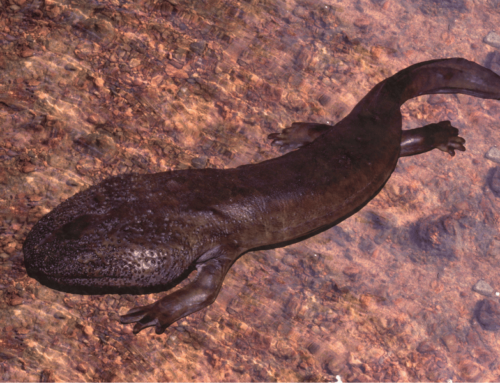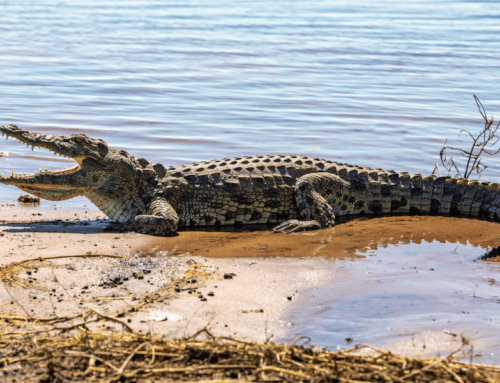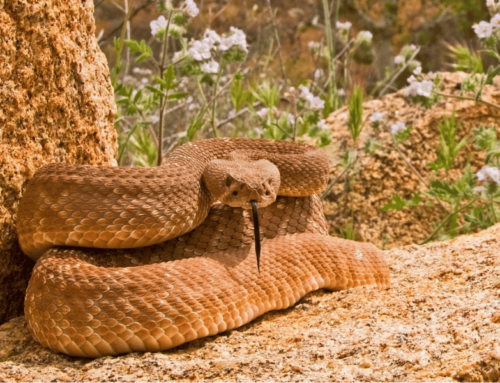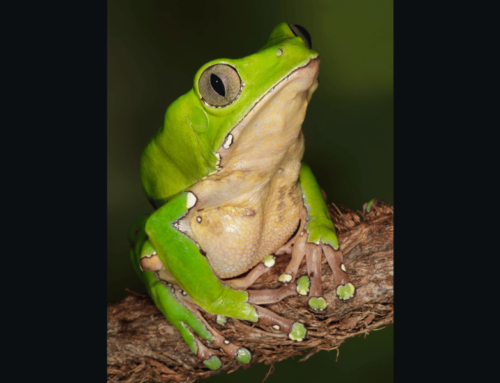
Finding frogs can be tons of fun for beginner and experienced herpers alike. They are the most abundant type of amphibian and can be found in most places on Earth. To find more of them, you’ll need to know where to look for them, when to look and some basics about their behavior.
This blog is all about 5 herping tips for finding frogs in the wild
HERPING TIPS FOR FINDING FROGS
Note: Handling wildlife can be dangerous and should only be done after consulting a local expert to keep yourself safe.
Best Places for Finding Frogs:
The best places to look for frogs are tropical rainforests. Rainforests, like the Amazon rainforest, have a higher concentration of frog species than any other habitat.
Good places to look for frogs are anywhere with standing freshwater. Swamps, ponds, lakes and even canals are known for having frog populations.
A surprisingly good place to see frogs is the desert. Many frogs have adapted to the harsh, dry conditions by coming out at night along with staying underground during the dry season. Don’t overlook a near-by desert for finding frogs.
Worst Places for Finding Frogs:
The worst places to look for frogs are extreme cold environments of Siberia and Antarctica.
Another place you don’t want to look is at the beach. Frogs generally can’t handle the salinity of the ocean. Anywhere with freshwater is much better for them. There are rare species, such as the crab-eating frog that is known for tolerating saline water. Frogs like this are the exception though.
In short, as long as you’re not looking in the ocean, Antarctica or northern Siberia, you’re likely to find frogs.
The Best Time of Day for Finding Frogs:
The majority of frogs are nocturnal or crepuscular. Unless you’re going out to find a particular species, early morning, sunset and nighttime are best for finding them.
Frogs are generally more active in the warmer months, so spring and summer are ideal times of year.
If you’re looking in a desert environment, frog activity is higher in the aftermath of heavy rain, especially after rainfall.

Glass Frogs like the one in this picture are arboreal
Behavior to be Aware of:
Frogs can inhabit many different niches of their environment. Besides looking on the ground or around the water for them, look in the trees. Many frog species are well-adapted to life in the trees. Individual frogs can be found attached to the leaves of trees throughout rainforests around the world.
Frogs are vocal animals, with males calling out during breeding season looking to attract mates. Breeding season for most frogs is during the warmer months, making warmer times of year easier for finding frogs as the males can be heard from a distance.
Frogs have skin that is semi-permeable, making them more susceptible to dehydrating. Keep this in mind when in the field as frogs are easier to find near standing water.
Many frogs can be voracious eaters. Places with lots of insects, arachnids and other smaller organisms are likely to be attractive to frogs.
Also, frogs can remain still for long periods of time, along with having natural camouflage. This means that spotting them won’t be easy in all cases. Sometimes you can miss frogs in plain sight.
Gear and Tools for Finding Frogs:
Flashlight
As stated earlier, frogs are largely nocturnal. You’ll want a flashlight to see properly at night. Although your cell phone can provide you with some light, flashlights are more powerful and it’s a good idea to conserve your phone’s battery.
Gloves:
If you’re going to handle frogs, you’re going to need gloves. Since frogs absorb what’s on their skin, touching them with your bare hands might end up exposing them to chemicals. The best gloves for frog handling are vinyl and nitrile-based. Latex isn’t recommended as it can be toxic to amphibians.
Bug Repellent:
Anywhere where you can find frogs, you’ll likely find bugs, including mosquitoes. Don’t let a fun herping trip turn sour by letting mosquitoes and other bugs bite and harass you. Just about all grocery stores should carry quality bug repellent.
Rainboots or Waterproof Shoes:
To get around easily, you’ll want footwear that won’t get your feet wet when you step in a puddle. Your normal work shoes or personal shoes aren’t likely to cut it. Thankfully there are boots and shoes that are designed to keep water out, even if you step in a puddle. Get yourself a pair to keep your feet dry.
Conclusion:
Finding frogs in their natural habitats can be a lot of fun and if you follow the advice given in this blog, you’ll maximize the number of them you encounter.





